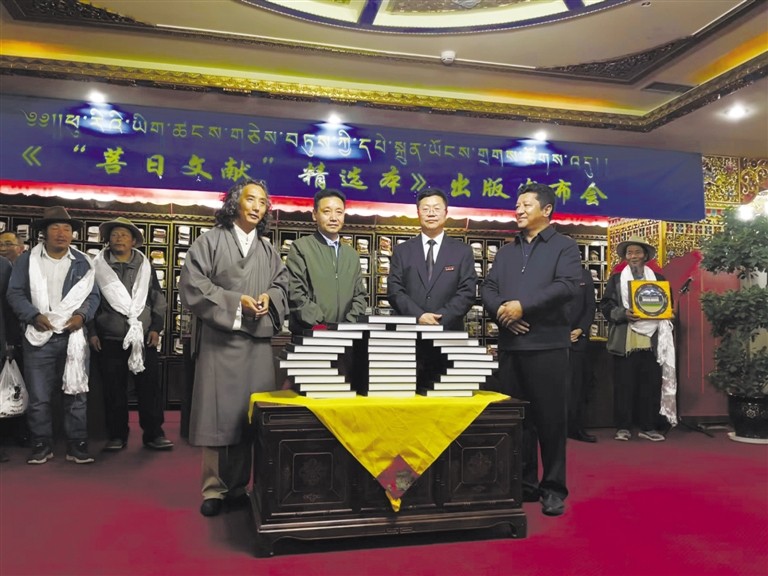[Video] Sweet teahouses
In Tibetan language, the verb tong, meaning "to drink", is used for both nouns "tea" and "noodles".
The morning sun creeps through the curtains; the drums and incense smoke from monasteries and temples summon the first tea drinkers, those who have finished their ritual morning kora (circumambulations around a holy site).
Teahouses are where legends take place; in some teahouses with rich histories, you can hear the most incredible stories over tea.
Sweet teahouses remain one of the most beloved lifestyles in Tibet, and they are bastions of Tibetan life. They still use British units for sweet tea: pounds. The smallest unit is one pound, the largest five pounds. In the early 20th century, exchanges between Tibet and the West were increasing and Tibetans' eating habits were inevitably influenced. The English custom of afternoon tea gradually took root on the Qinghai-Tibetan Plateau in a Tibetan style.
The tea is fragrant, sweet but not greasy, with a mellow taste. It is often accompanied by Tibetan noodles, meat pies, or steamed corn buns. In the lingering tea aroma, one can enjoy unique, memorableTibetan leisure time.
Tibetan noodles are served in stainless steel bowls, and the noodles are round and crudely shaped. Due to the high altitude and low boiling point, tourists often feel that the noodles are half cooked, but they are at the same time chewier. The freshness of the broth, made from diced yak meat, determines the quality of the noodle.
When someone comes to Tibet for the first time, it is likely that all the teahouses will seem like they are part of a huge chain. Sweet tea, butter tea, Tibetan momos (dumplings), and curry rice are often sold at the same price in any teahouse. Even the tableware in each sweet teahouse looks the same: a brown glass cup and stainless bowls.
Successful sweet teahouses always look similar: Smooth and shiny benches and yellowed walls, which are like a calling card for a teahouse. Here, old is a kind of flavor.
Editor: Tommy Tan.
Tibet Stories

The Tibetan prince of music: Derge Yer
Derge Yer is a Tibetan singer from Guinan County of Hainan Tibetan Autonomous Prefecture in ...
Latest News
- S.Korea, DPRK agree to conduct joint railway inspection
- Angry over cutbacks, Trump threatens to end subsidies to GM
- Trump backs use of 'very safe' tear gas on crowd of migrants
- UN chief concerned over incident involving Ukrainian, Russian vessels
- Ukrainian martial law may cause escalation of tensions in Donbass: Kremlin






